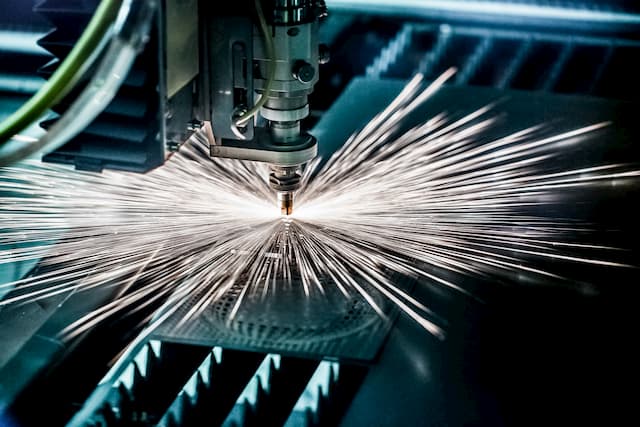Digitisation has been a hot topic in the manufacturing industry for the last few years. The bulk of the discussion revolves around the optimisation of in-house workflows through the use of technology. At the same time, a whole new industry has sprung to life largely in the background – cloud manufacturing.
While the readers here are well aware of the possibilities of using CAD files for instant pricing and lead times in manufacturing, or cloud manufacturing, this segment of the industry is still raising eyebrows when introduced to the wider engineering public.
3D Printing Laid the Groundwork
3D printing was the driver behind bringing manufacturing online. The manufacturing industry relies heavily on long-lasting connections and partnerships. These have become the basis of trust in an environment where quality is of the utmost importance.
As a wholly new production method, 3D printing did not have those connections. So, most of the suppliers – except the ones who started offering 3D printing as just another option in their list of services – started without an existing network of partners.
The result was logical – bringing the services online. Today nobody turns to the yellow pages to find suppliers. Online is the norm and the marketplace is full of service providers who can offer instant quotes based on .STL files.
First Steps for Metal Fabrication
It did not take long for the first platforms offering laser cutting services to appear. The audience was there – hobbyists looking to get their parts easily and quickly without turning to different directories and catalogues.
The first materials on offer were plastics and wood. Soon metals were added. While this was a significant step towards a huge industry, the first generation of online laser cutting services stuck to their audience.
The main hurdle was evident – while instant quoting straight from 2D drawings was an excellent value proposition for hobbyists, it did not meet the needs of engineering companies.
A large portion of machine parts, for example, have bends and need surface coating. Ordering a fraction of the overall parts using these services just did not make sense.
Second Generation of Metal Fabrication
We are now seeing the first platforms to tackle the obvious problem – engineering companies are spending too much time on finding the right suppliers for a certain job and getting a few competitive quotes in.
These platforms, like Fractory in the UK, base their prices on similar features – the geometry of parts, location of the customer, material selection and quantities. Another common feature is that nobody fabricates the parts themselves. Rather, they have a network of manufacturing partners.
This opens up the opportunity to offer a wide variety of capabilities, short lead times and competitive prices all at one place. The partners, in turn, can decrease their machinery idle times.
A Way to Go
Engineers are wasting a lot of time on procurement processes that can be at least partly automated. At the same time, the capabilities of cloud manufacturing are still somewhat limited.
While laser cutting, bending and surface treatment are all well automated, there is still a way to go. For example, nobody has cracked the code to really price CNC machining operations accurately. The complexity of these parts is often too much for the platforms to handle.
The coming years will really tell, if the many tech journalists are right that Manufacturing-as-a-Service will become the new norm also in the metal side of the engineering industry. This comes down to the ability to automate the last, but more complex, processes and the way these platforms will be able to convince engineers that the legacy workflows are outdated and inefficient.
A rise of similar systems is bringing more competition to the space. This is pushing the whole ecosystem towards quicker growth and development.
While the idea of ordering metal parts is still alien to many an engineer, many of us are already doing our daily shopping online. There is no question whether this trend will also take over the engineering sector. It is, rather, a question of when.
Image via : The Fractory – This article has been written by Andreas Velling, Mechanical Engineer. Remember, you can post free of charge job opportunities in the AM Industry on 3D ADEPT Media or look for a job via our job board. Make sure to follow us on our social networks and subscribe to our weekly newsletter : Facebook, Twitter, LinkedIn & Instagram ! If you want to be featured in the next issue of our digital magazine or if you hear a story that needs to be heard, make sure to send it to contact@3dadept.com


